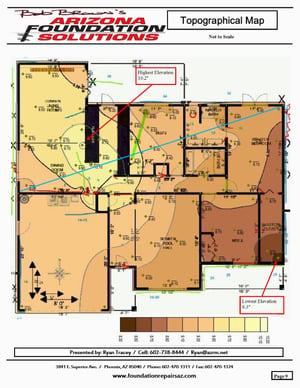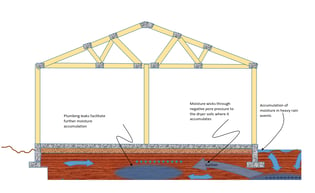 Trip Hazards
Trip Hazards
Have you ever had a tenant call about ‘trip hazards’ in their floor slab? Or has a tenant called you about ‘stuck’ doors that won’t open, or windows that are out of level? In most cases, all of these issues can be related to floor movement. Floor movement happens all the time in buildings. While most people automatically assume that movement is settlement, in many cases it’s actually heave. When a floor slab heaves upwards, many people jump to the conclusion that the only way to fix it is to either grind the slab back down to level, or remove and replace the slab. Neither of these solutions deal with the soil underneath, so therefore, neither will be a long term repair.
Concrete Grinding
With grinding, you are not treating the source of your heave (the soil), so you are not guaranteed any long term success. You are also thinning your slab, therefore reducing its strength. Reducing your slabs strength is probably not a big issue if all you have is foot traffic, but in a warehouse where you have heavy forklift traffic, for instance, your slab will start to deteriorate very fast if ground down too much.
Remove & Replace Concrete
With removing and replace, you are not treating the soils issue. Even if you dig up a bit of soil below, unless you excavate down to the problem soil (which can be anywhere from right below your slab to 50 feet below or greater), you will not fix the problem and will experience heave with this new slab as well.
Void Forms
A correct long term repair that many people do not investigate is the use of ‘void forms’. Void forms are corrugated cardboard sheets that are placed underneath the floor slab and allow for soil heave without moving your floor slab back up.
To install a void form, you remove the heaved portion of your slab, excavate the depth of your void form (usually anywhere from 4 to 8 inches), set your void form and pour back your new slab. When your underlying soil heaves again in the future, it will push up into your void form, which will in turn deteriorate, allowing your soil to expand the width of the void form without causing stress on your slab.
More on Expansive Soil & Remediation
To learn more about Expansive soil, click here.
For more information about foundation heave, click here.






